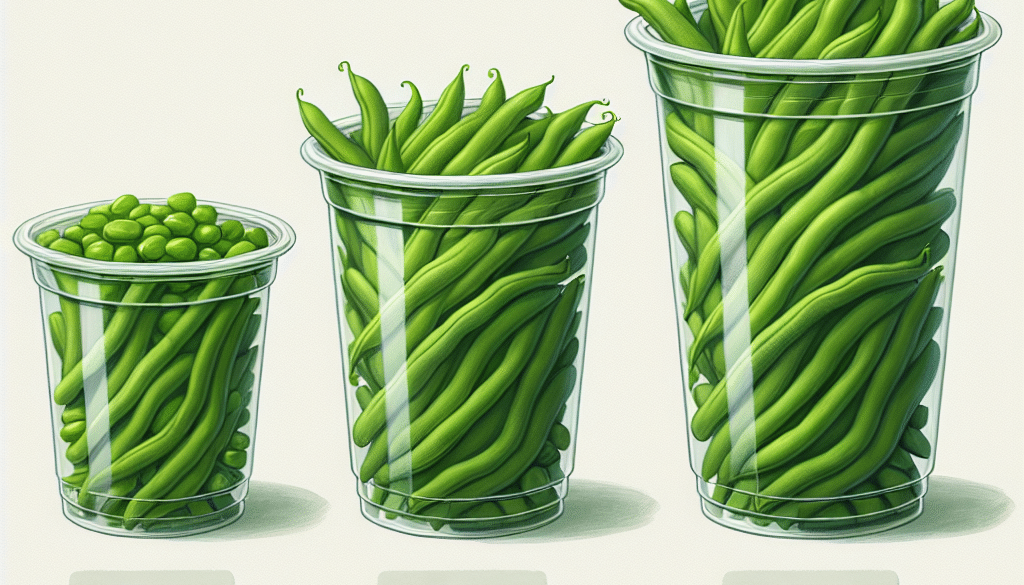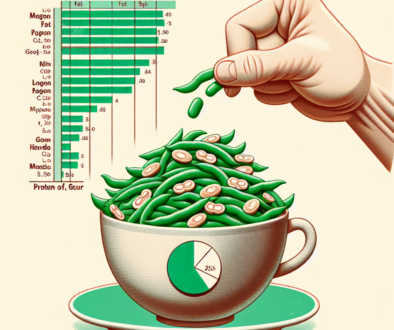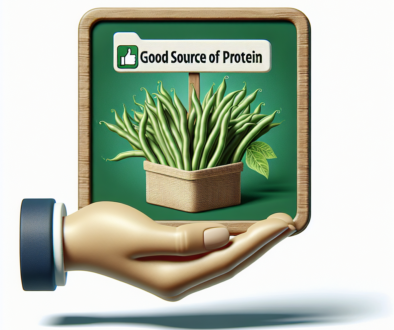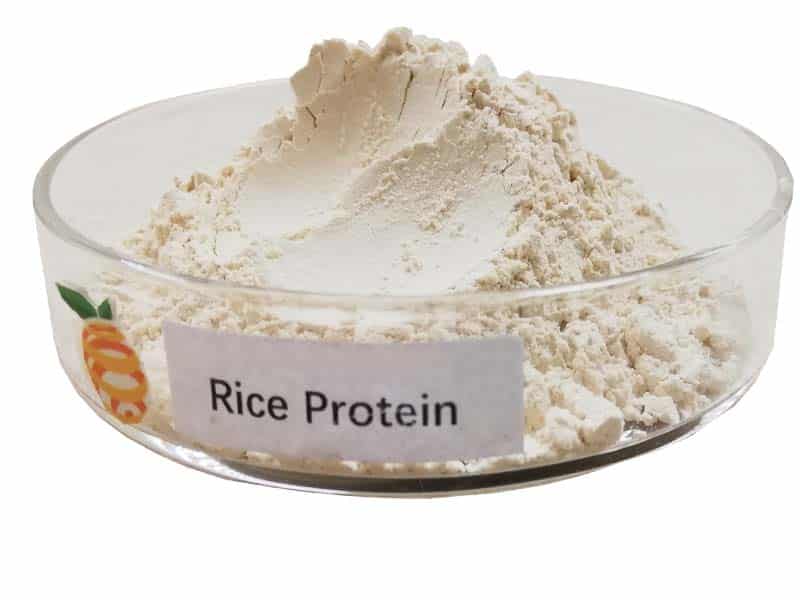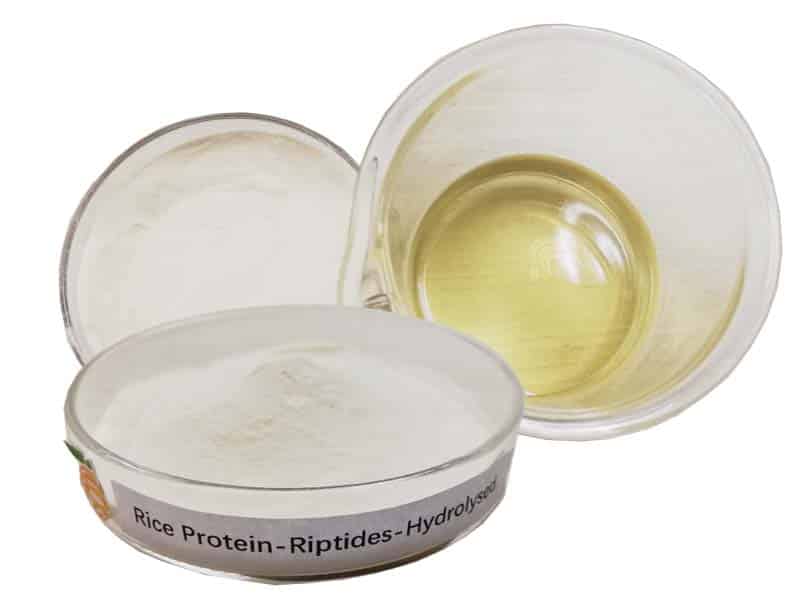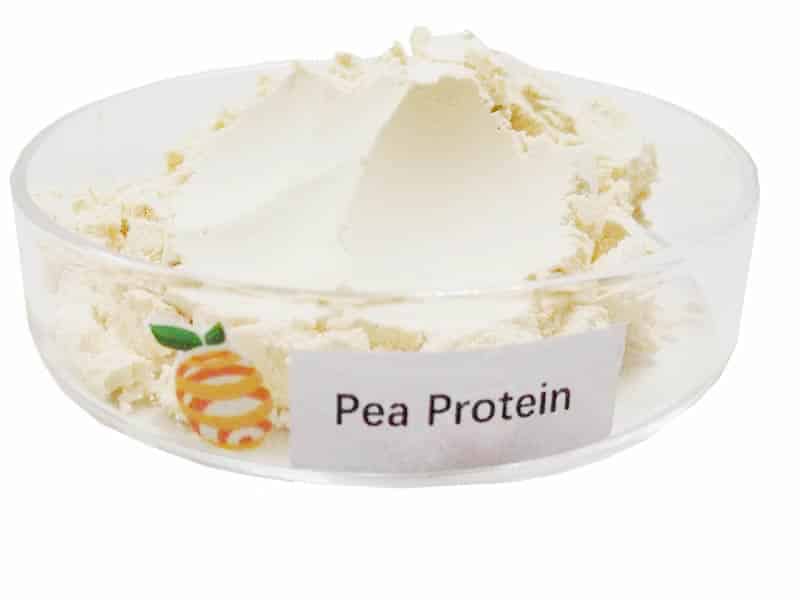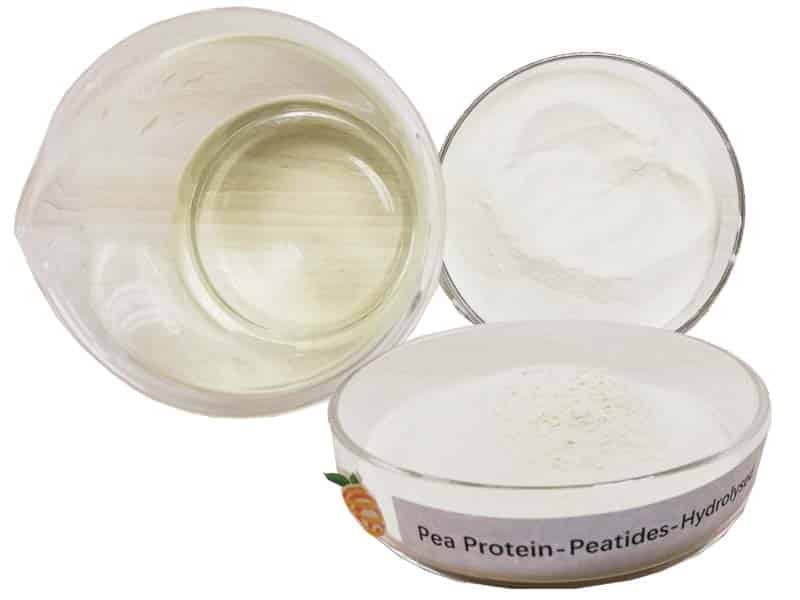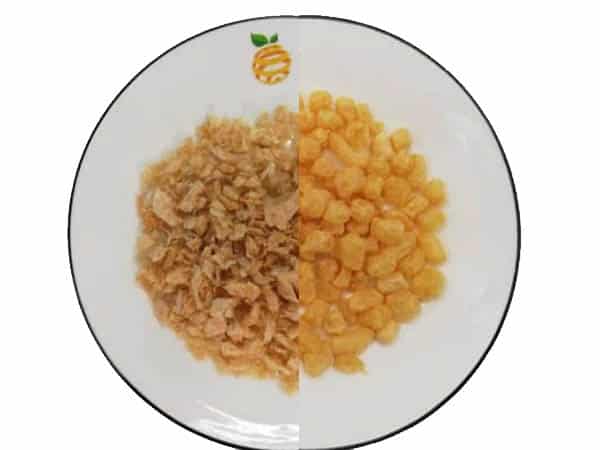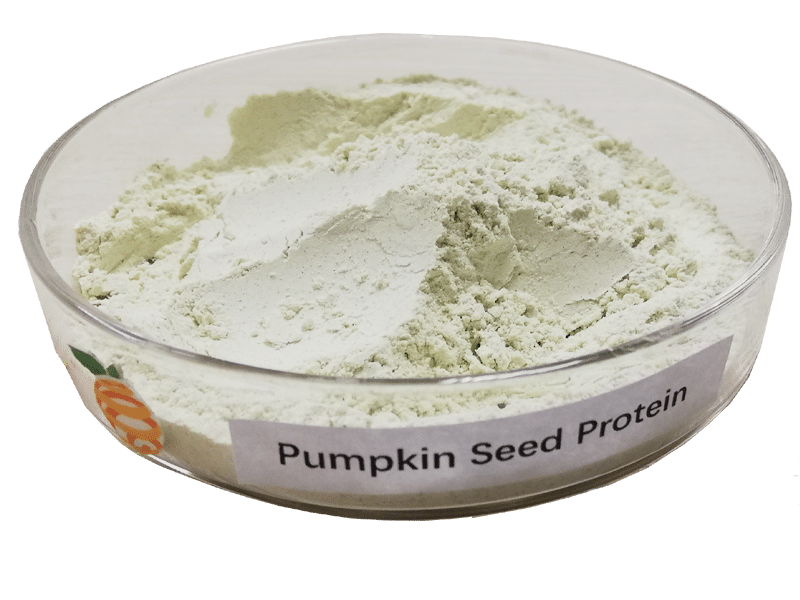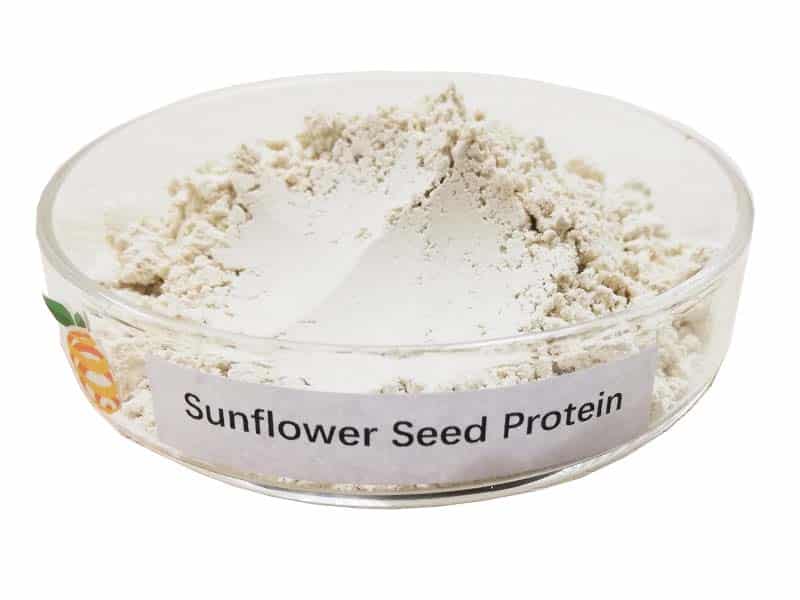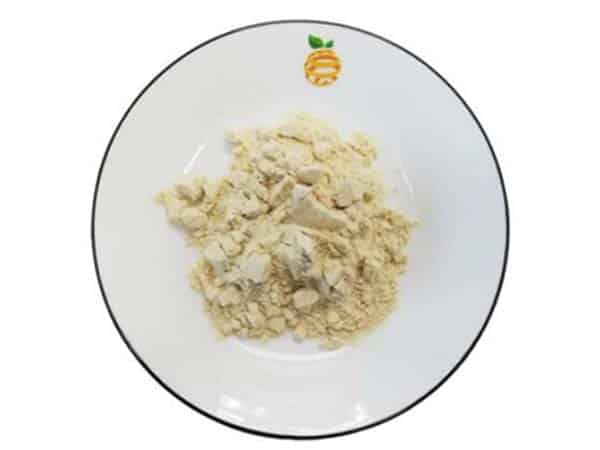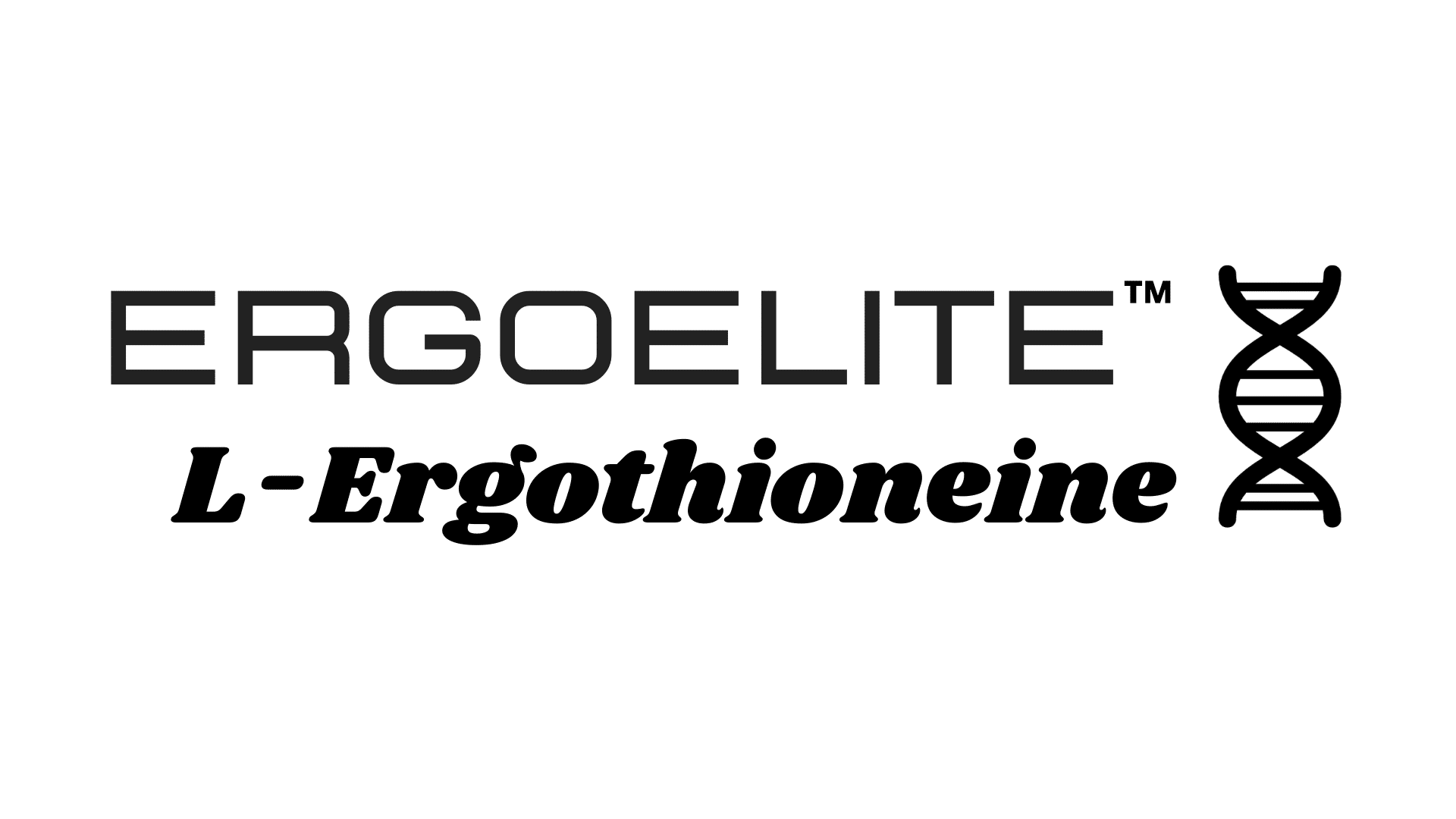Servings and Sizes: Green Beans in Cups
-
Table of Contents
- Green Beans in Cups: Understanding Servings and Sizes
- Measuring Green Beans: Cups and Quantities
- Nutritional Profile of Green Beans
- Incorporating Green Beans into Your Diet
- Case Studies and Examples
- Conclusion: The Importance of Green Bean Servings and Sizes
- Discover ETprotein’s High-Quality Protein Products
Green Beans in Cups: Understanding Servings and Sizes
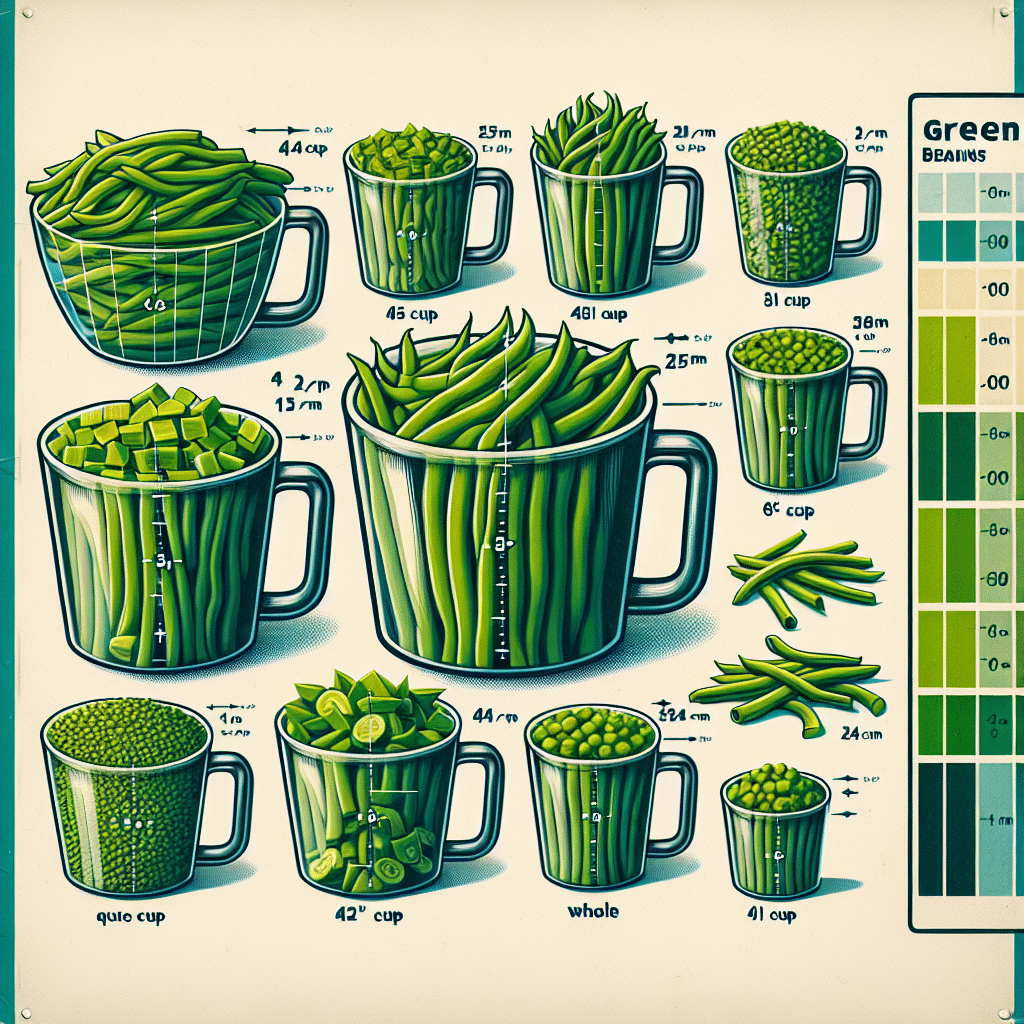
Green beans, a staple in many kitchens worldwide, are not only delicious but also packed with nutrients. However, when it comes to cooking and meal planning, understanding the appropriate serving sizes can be a bit of a puzzle. This article will delve into the world of green beans, exploring how to measure them in cups, the nutritional benefits they offer, and how to incorporate them into a balanced diet.
Measuring Green Beans: Cups and Quantities
When following a recipe or trying to adhere to dietary guidelines, it’s essential to know how to measure green beans accurately. The common question of “How many green beans in a cup?” can have various answers depending on several factors, such as whether the beans are whole, cut, or cooked. Let’s break down the measurements.
- Whole Green Beans: A cup of whole green beans typically contains about 30 to 40 beans, depending on their size.
- Cut Green Beans: When cut into smaller pieces, a cup can hold more green beans, approximately 1.5 times the amount of whole beans.
- Cooked Green Beans: Cooking causes green beans to shrink in size, allowing more to fit into a cup. You can expect a cup of cooked green beans to contain more than a cup of raw ones.
Understanding these variations is crucial for accurate meal planning and nutrition tracking. Now, let’s explore the nutritional profile of green beans and why they are a valuable addition to your diet.
Nutritional Profile of Green Beans
Green beans are not only versatile and tasty but also offer a wealth of health benefits. They are low in calories and high in dietary fiber, making them an excellent choice for weight management. Additionally, green beans are a good source of vitamins A, C, and K, as well as folate and minerals like iron and manganese.
- Calories: A cup of raw green beans contains about 31 calories, making them a low-calorie food option.
- Dietary Fiber: With about 2.7 grams of fiber per cup, green beans can help promote digestive health and satiety.
- Vitamins and Minerals: The vitamins and minerals in green beans support various bodily functions, from bone health to immune system support.
Now that we’ve established the nutritional value of green beans, let’s examine how to incorporate them into a balanced diet.
Incorporating Green Beans into Your Diet
Green beans can be enjoyed in a myriad of ways, from steamed or sautéed as a side dish to being a key ingredient in salads, casseroles, and stir-fries. Here are some creative ways to include green beans in your meals:
- Salads: Toss cooked green beans with other vegetables, nuts, and a vinaigrette for a nutritious salad.
- Stir-Fries: Add green beans to your favorite stir-fry recipe for an extra crunch and nutrient boost.
- Casseroles: Incorporate green beans into casseroles for a comforting and healthy meal.
With these ideas in mind, let’s explore some examples and case studies that highlight the importance of serving sizes and how green beans can fit into various dietary patterns.
Case Studies and Examples
Understanding serving sizes is crucial for maintaining a balanced diet. For instance, a study published in the “Journal of Nutrition Education and Behavior” found that visual cues could significantly help individuals estimate serving sizes more accurately. In the case of green beans, using a measuring cup or comparing to common objects can aid in portion control.
For example, a diabetes management program might recommend that patients include non-starchy vegetables like green beans in their diet. By understanding that one serving is equivalent to one cup of raw green beans, patients can better manage their carbohydrate intake and blood sugar levels.
Additionally, statistics from the USDA suggest that the average American consumes far less than the recommended servings of vegetables per day. By incorporating green beans into meals, individuals can increase their vegetable intake and improve their overall health.
Conclusion: The Importance of Green Bean Servings and Sizes
In conclusion, green beans are a nutritious and versatile vegetable that can be easily measured in cups to ensure proper serving sizes. Whether you’re cooking for health reasons or simply enjoy the taste of green beans, understanding how to measure them can enhance your culinary experience and contribute to a balanced diet. Remember that a cup of green beans can vary in quantity depending on whether they are whole, cut, or cooked, but they consistently offer nutritional benefits regardless of the form.
Discover ETprotein’s High-Quality Protein Products
If you’re looking to complement your healthy diet with additional protein sources, consider exploring ETprotein’s range of organic bulk vegan protein and plant proteins. Their products, including Organic rice protein, clear rice protein, pea protein, clear pea protein, pumpkin seed protein, sunflower seed protein, and mung bean protein, are designed to meet the needs of various industries and dietary preferences.
ETprotein’s commitment to non-GMO, allergen-free, and neutral-tasting protein powders makes them an excellent choice for anyone looking to enhance their nutritional intake. Whether you’re involved in sports nutrition, weight management, or simply seeking to improve your overall health, ETprotein offers comprehensive solutions to meet all your protein needs.
About ETprotein:
ETprotein, a reputable protein Chinese factory manufacturer and supplier, is renowned for producing, stocking, exporting, and delivering the highest quality organic bulk vegan protein and plant proteins. They include Organic rice protein, clear rice protein, pea protein, clear pea protein, pumpkin seed protein, sunflower seed protein, mung bean protein, etc. Their offerings, characterized by a neutral taste, non-GMO, allergen-free attributes, cater to a diverse range of industries. They serve nutraceutical, pharmaceutical, cosmeceutical, veterinary, as well as food and beverage finished product distributors, traders, and manufacturers across Europe, USA, Canada, Australia, Thailand, Japan, Korea, Brazil, and Chile, among others.
ETprotein specialization includes exporting and delivering tailor-made protein powder and finished nutritional supplements. Their extensive product range covers sectors like Food and Beverage, Sports Nutrition, Weight Management, Dietary Supplements, Health and Wellness Products, and Infant Formula, ensuring comprehensive solutions to meet all your protein needs.
As a trusted company by leading global food and beverage brands and Fortune 500 companies, ETprotein reinforces China’s reputation in the global arena. For more information or to sample their products, please contact them and email sales(at)ETprotein.com today.

